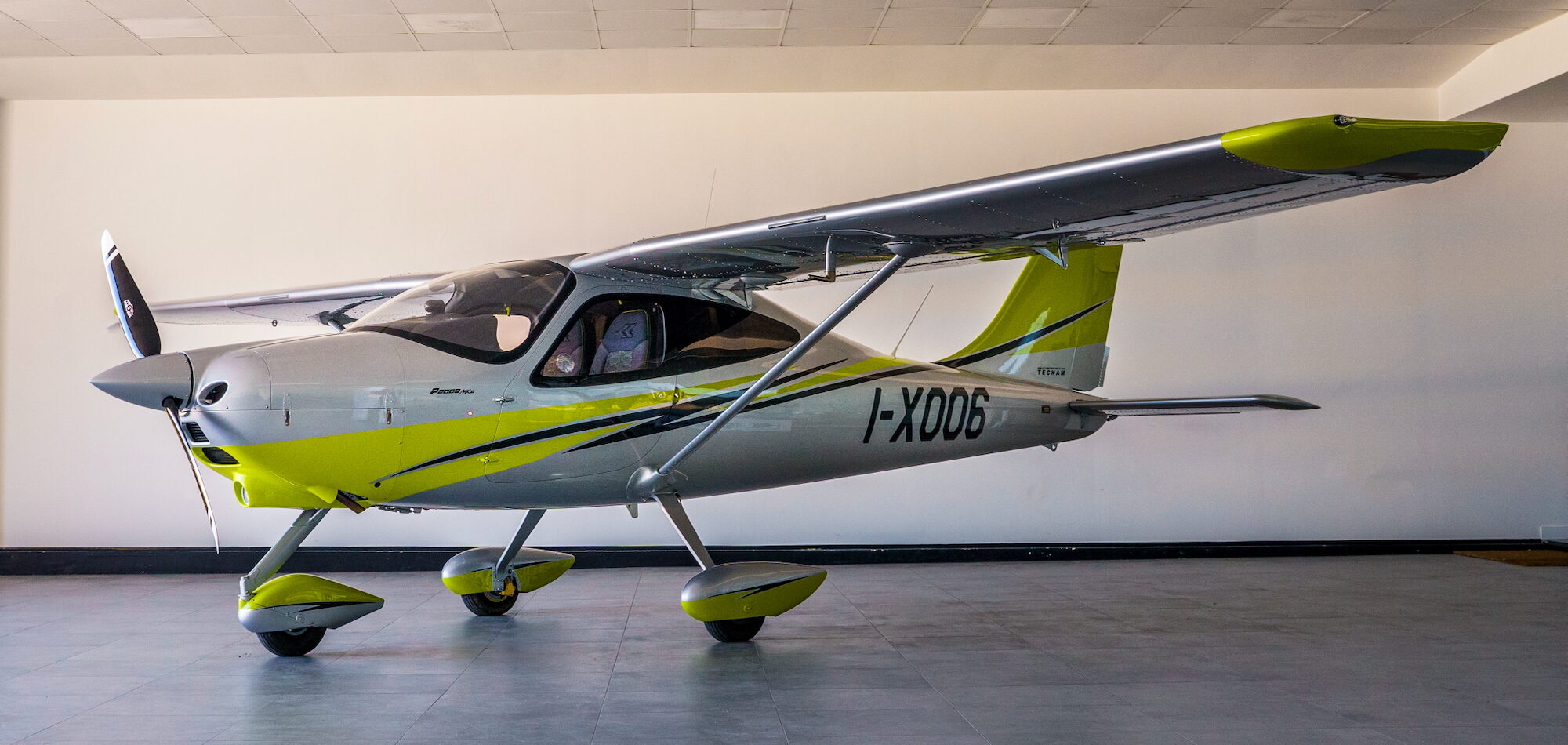
(Tecnam photo)
Most of the factory-built Light Sport aircraft that rolled after the FAA defined the category in 2004 were rather utilitarian—with rudimentary avionics and spartan interiors. Some of today’s Light Sport planes, however, are better equipped and more luxurious inside than GA planes that cost significantly more. Tecnam Aircraft was among the first manufacturers to recognize there was a market for upscale LSAs, and it responded with the P2008. The plane has become one of the company’s most popular aircraft.
“I don’t think there’s a better value out there when you look at ownership costs and resale price,” contends Mark Gregor, a former Tecnam dealer and long-time P2008 owner. “I don’t consider it an LSA…just a top choice for a two-seat aircraft.”
If buying a used P2008 is something you’re contemplating, then this article is for you. It will introduce you to the aircraft, model variations and flight characteristics, as well as provide advice for a pre-buy inspection and long-term ownership.
Development, Features & Flight Characteristics
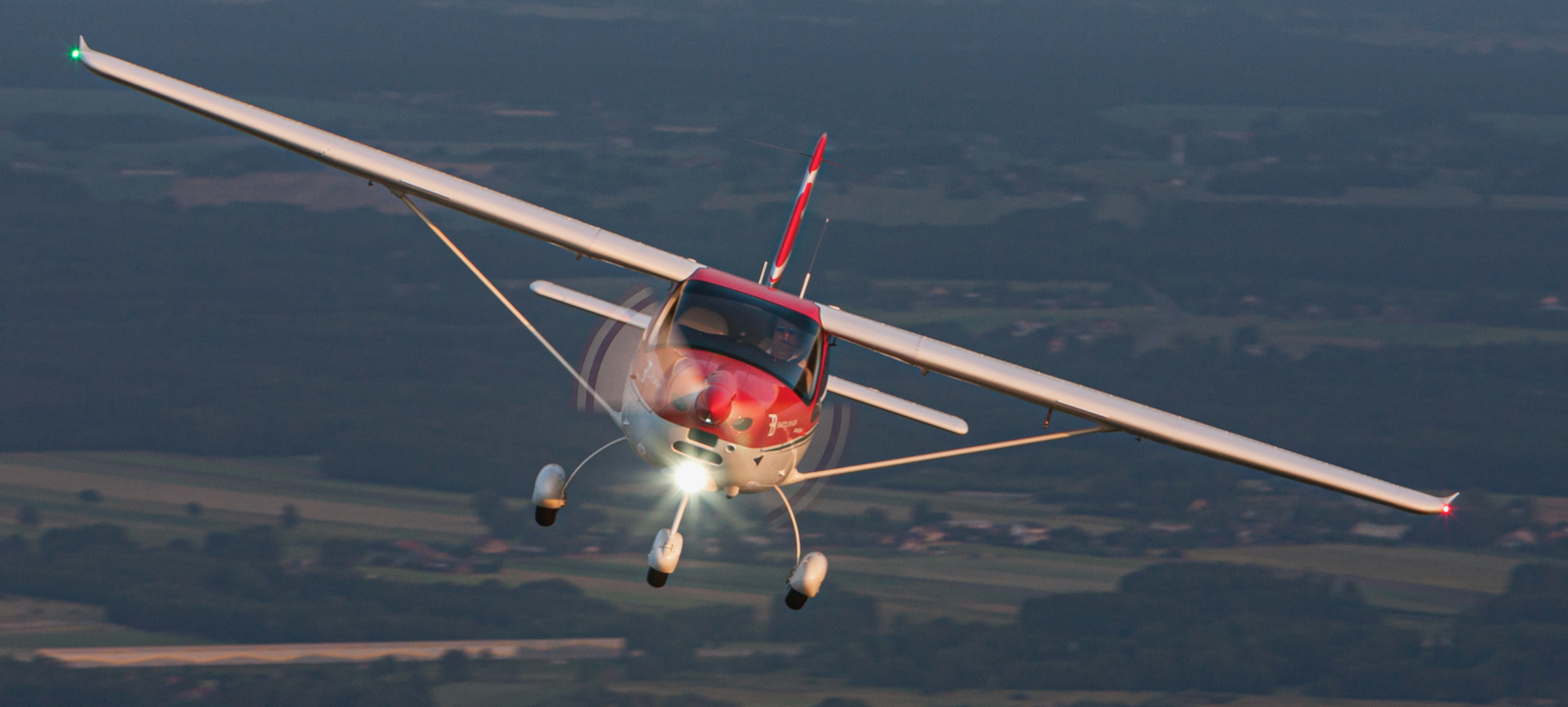
(Tecnam photo)
Tecnam had been making aircraft for the general aviation market for several decades before it began deliveries of the P2008 late in 2009. While the strut-braced high-wing is similar in appearance to Tecnam’s earlier all-metal P92 and P2004 aircraft, the P2008 features a sleek carbon-fiber fuselage and integrated fin to go with its aluminum skinned wings and tailplane. Tecnam has offered three, VFR-only P2008 variants over the years, including a base model powered by a Rotax 912 (both the carbureted ULS engine and fuel injected iS), the TC model with Rotax’s turbo 914, and the JC for the European market.
About 75% of the P2008s flying in the United States are likely to be base model planes, with the remaining 25% being turbocharged. Round gauges are standard, but even early buyers seemed to prefer optional glass avionics. Almost all later model P2008s can be found with top-of-the-line Dynon and Garmin panels with autopilots. Featuring Frise ailerons and inner slotted flaps, the plane has cantilever main legs and a castering nosewheel with a compressed rubber suspension system. Unlike most LSA, the seats in the P2008 are adjustable and a vast majority of pilots should find there’s plenty of room inside.
The specifications for various models of the P2008 vary due to the powerplant choices, avionics and whether or not a whole-aircraft parachute is installed. It was difficult to find consistent numbers for this article, but a P2008 is likely to have a top cruising speed around 120 knots, stall around 44 knots, climb between 500 & 800 fpm, weigh between 780 and 925 pounds and have a useful fuel load of 30 gallons.
Those who’ve flown the plane say engine choice does make a noticeable difference in performance. P2008s are typically heavier than comparable LSAs. Pilots who’ve tried the 912 and 914 versions say the extra horsepower of the turbocharged Rotax greatly improves the plane’s rate of climb, especially on hot days.
Regardless of engine, however, the P2008 reportedly handles exceptionally well. “This is the plane I’d want my wife or kids to fly,” Gregor says. “It doesn’t have any bad qualities, and it provides just the right feedback for easy control… not overbearing, but not overly light either. It’s just a whole lot more stable and predictable compared to other LSAs, and I’ve flown most of them.” Reviews of the aircraft also note its gentle stall characteristics, good sight picture over the nose and easy ground handling. If most of your flying is in a Cub or something similar, you’ll have to adapt to the P2008 “sleekness.” The plane’s flowing composite body means less drag, so it doesn’t slow down quite as quickly in the pattern as other light aircraft with boxy metal or cloth fuselages.
Pre-Buy Inspection
Gregor suggests looking for a P2008 with a Rotax 914. Although it will be considerably more expensive than one with a 912, he thinks the performance gain is worth the cost and that you’ll recoup the difference upon resale. That’s not to say you should rule out one with a 912. If you live in a cooler climate and near sea level, the significantly cheaper price may well be worth the difference in performance.
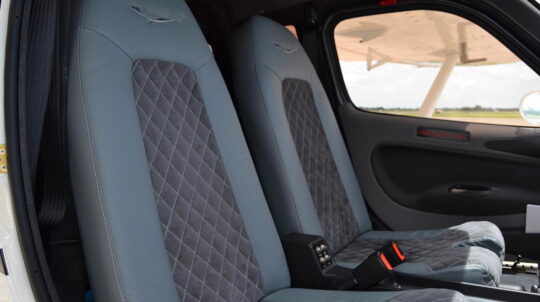
(Tecnam photo)
But before you buy a used P2008, or any used airplane, you should have a pre-buy inspection done by an A&P who’s familiar with the model. “A pre-buy with somebody who hasn’t worked on that type of plane is probably a waste of money,” contends Gregor. The powerplant should also be gone over by someone familiar with Rotax engines. They are different from conventional GA engines, especially the fuel-injected 912 iS, and even veteran A&Ps can miss things if they’re unfamiliar with how a Rotax works.
The P2008, like all new planes, experienced some growing pains, but it seems to have a good reputation overall. Experts do suggest paying a little extra attention to the tail and the fuel system during the pre-buy inspection. They say it’s not uncommon for the bushings in the stabilator to loosen during the plane’s first 200 hours. It’s a simple fix, just tighten a few bolts and the issue is resolved. If the bushings did loosen and bolts were not tightened, they warn some parts may need to be replaced. Fortunately, this shouldn’t be a difficult or expensive repair. As for the fuel lines, check the fittings where they attach at the fuselage. There are some complaints about leakage, possibly due to improper Assembly or owner inattention over time.
Maintenance & Ownership
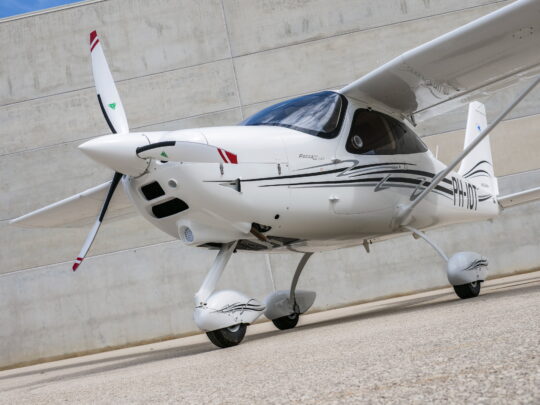
(Tecnam photo)
Owners seem to be very happy with their P2008s. There isn’t a P2008 community like those around the Ercoupe or Champ, but the Tecnam Talk forum has quite a number of active P2008 pilots willing to offer advice. Reported maintenance issues are typical, and the plane isn’t any more difficult to work on than any other high wing. Parts are available since the aircraft is still in production, but some owners report there have been delivery delays in the past.
The stabilator should be checked during every pre-flight because of the previously mentioned potential for the bushings to loosen up. Gergor suggests gently trying to move the stabilator side to side and front to back. If it budges, have the plane looked at before taking it in the air. While some in aviation aren’t keen on composite-bodied aircraft, the P2008s carbon-fiber fuselage has proven to be durable. Gregor reports no areas are prone to cracking, and more and more A&Ps can easily repair composite aircraft.
You’re likely to pay more for a used P2008 than other LSAs, but the plane’s fans say you’re getting a lot of aircraft for the money. They say it’s a great flier and has all the avionics, safety and luxury features you could possibly want. And, says Gregor, it’s a great traveling machine. “I have access to a lot of planes, but if I have to fly cross-country I’ll always pick the P2008. I regularly flew mine from Sebring to Minnesota and back and was always very comfortable,” he said.


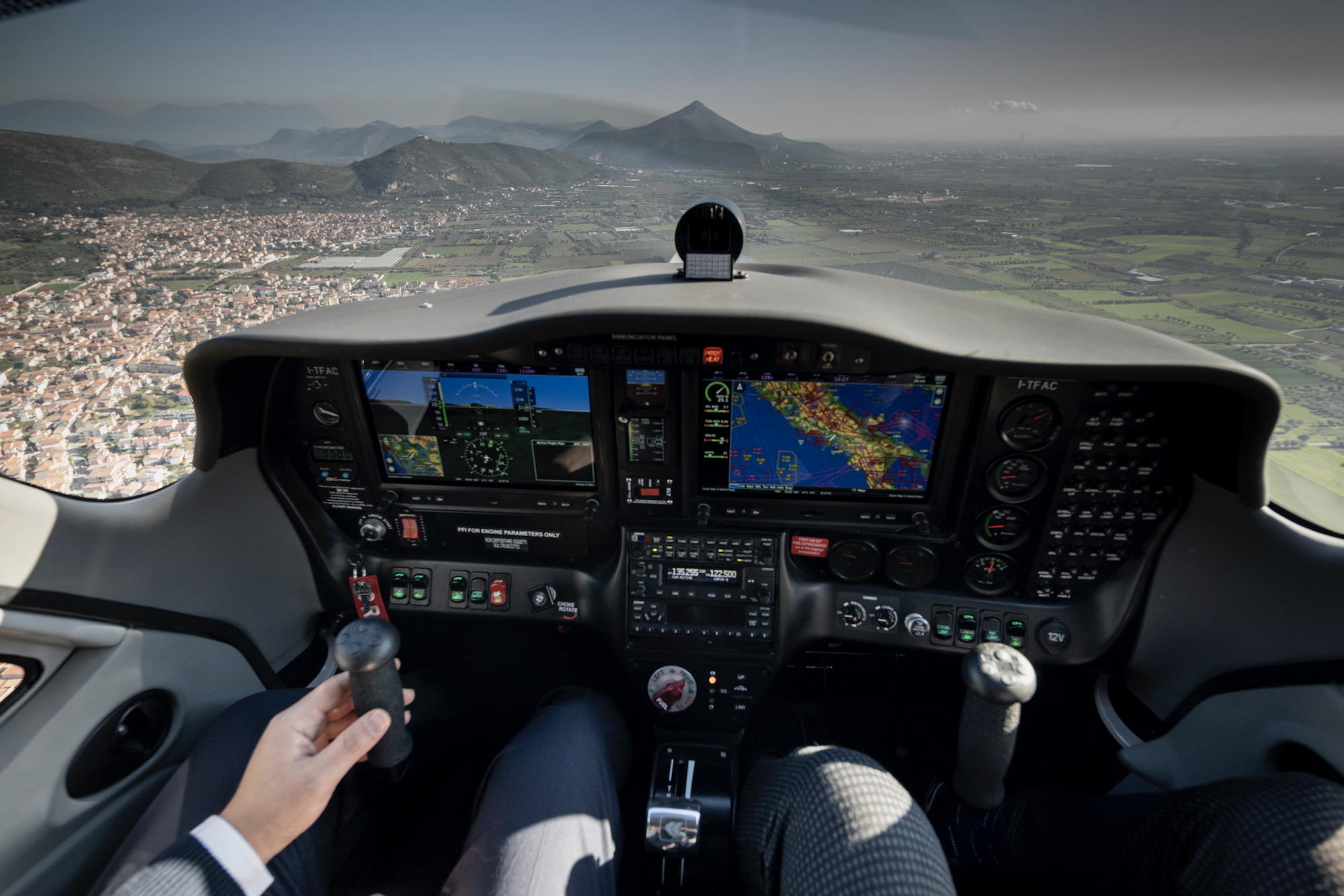
Good article not only on the P2008, but good advice when buying any plane. Loosening stabilator bushings is kinda wild.
As with any Rotax powered machine, the availability of qualified Rotax mechanics varies widely depending on where you are. If you can’t do it yourself, make sure there are real Rotax folk around.
How about some info on cost, used and new? A “Buying Used” heading alone isn’t very helpful.
Hi Tom: Responding for author Mark Timney, I believe the article meant to describe the process of buying used more than a cost analysis of a used P2008.
Beautiful airplanes but two things hold them back. The first and biggest issue being useful load. With the 914 and a parachute, it’s a single person airplane with full fuel. Hopefully with Mosaic, Tecnam will update the gross. The second is that while roomy they are a bit short for pilots 6’2”+.